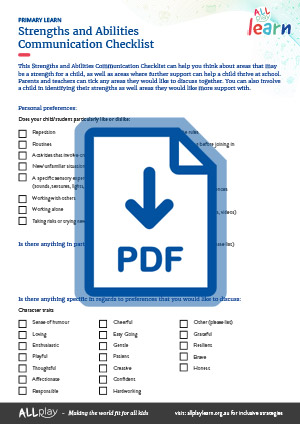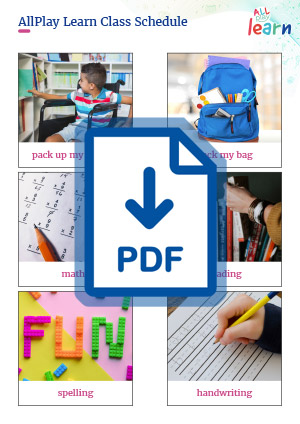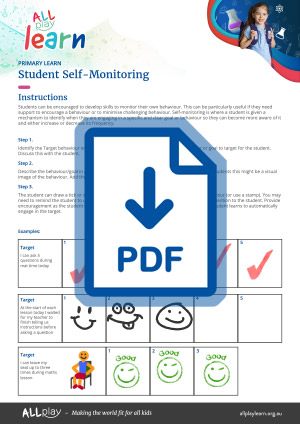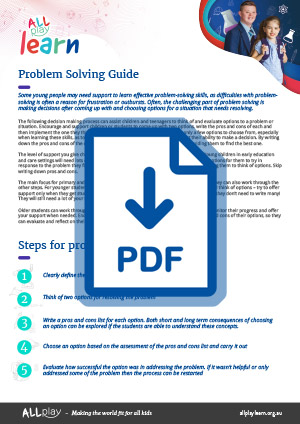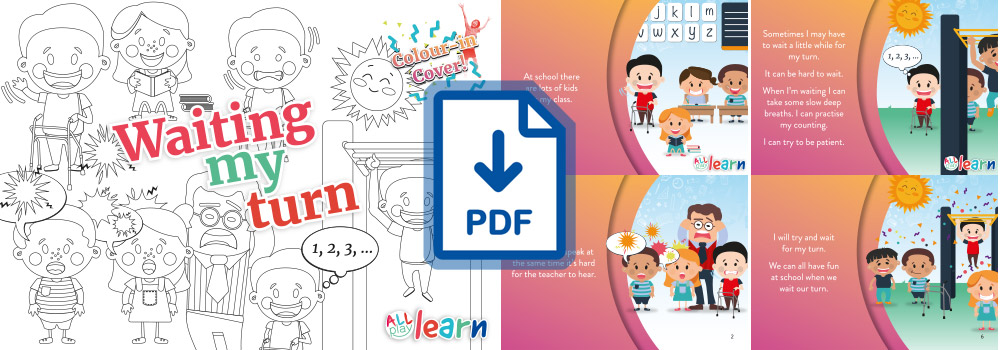
Emotions
On this page:

About emotions and emotion regulation
Supporting children to develop emotion regulation skills is important for many aspects of their lives including their learning, interpersonal relationships and for their own social and emotional wellbeing. Students with disabilities and developmental challenges often need extra support with understanding and regulating their emotions. As a teacher you can help support all students to develop these skills.
Emotion regulation involves recognising, managing and expressing emotions in adaptive ways, and allows children to learn, socialise and engage in daily activities. Supporting children to develop emotion regulation strategies helps build their resilience and coping skills, giving them the resources to cope and succeed when faced with challenges. Resilience also helps to protect children from low mood, anxiety and other mental health problems that can arise during adolescence.
Students with disabilities or developmental delays often need extra support and time to learn emotion regulation skills. Some students (such as those with autism, intellectual disability, or oppositional defiant disorder) will find it hard to identify emotions and behave in socially appropriate ways. They may experience more outbursts, defiance and other challenging behaviours which may be caused by difficulties with emotion regulation.
Some children develop emotion regulation and resilience more independently, while others may need extra support to learn these skills. With the appropriate support children can learn to manage their emotions and develop into resilient adolescents.

Evidence-based strategies
Teach children about emotions
Teach students a variety of skills to regulate emotions
Teach children to manage problems
Create a positive school and class environment

Best practice tips
Focus on students strengths to build self-esteem
Make the most of uncomfortable situations or emotions
Validate emotions
Emotion card games

Other considerations

Relevant resources
Visit our resources page for a range of resources that can help to create inclusive education environments for children with disabilities and developmental challenges. Some particularly relevant resources for children with emotion issues include our supporting wellbeing resources, and:


